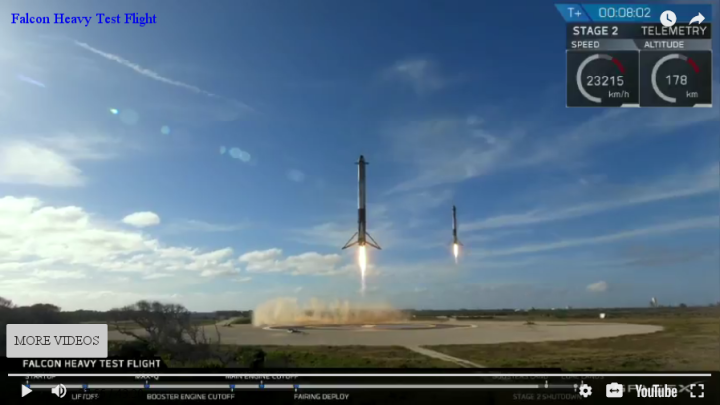SpaceX’s Saturday launch will two test smallsats for its planned 11K internet constellation
Capitalism in space: SpaceX will include two test smallsats for its planned internet constellation of more than 11k satellites when launches a Spanish radar satellite in two days.
The FCC gave SpaceX permission for the test in November, and new documents now show that SpaceX will piggyback Microsat-2a and Microsat-2b onto its launch of a Spanish radar satellite called Paz. The mission is set to lift off from the Vandenberg Air Force Base in California on Saturday at 9:14 a.m. ET aboard a Falcon 9 rocket, according to Spaceflight Now.
Ajit Jai, chairperson of the FCC — the government entity which must ultimately approve SpaceX’s plans — endorsed the effort on Wednesday. “Satellite technology can help reach Americans who live in rural or hard-to-serve places where fiber optic cables and cell towers do not reach,” Pai told Reuters in a statement.
A lot of news sources have made a big deal about Jai’s endorsement, as if that endorsement guarantees FCC approval of SpaceX’s gigantic constellation. It doesn’t, though it certainly helps.
Capitalism in space: SpaceX will include two test smallsats for its planned internet constellation of more than 11k satellites when launches a Spanish radar satellite in two days.
The FCC gave SpaceX permission for the test in November, and new documents now show that SpaceX will piggyback Microsat-2a and Microsat-2b onto its launch of a Spanish radar satellite called Paz. The mission is set to lift off from the Vandenberg Air Force Base in California on Saturday at 9:14 a.m. ET aboard a Falcon 9 rocket, according to Spaceflight Now.
Ajit Jai, chairperson of the FCC — the government entity which must ultimately approve SpaceX’s plans — endorsed the effort on Wednesday. “Satellite technology can help reach Americans who live in rural or hard-to-serve places where fiber optic cables and cell towers do not reach,” Pai told Reuters in a statement.
A lot of news sources have made a big deal about Jai’s endorsement, as if that endorsement guarantees FCC approval of SpaceX’s gigantic constellation. It doesn’t, though it certainly helps.

